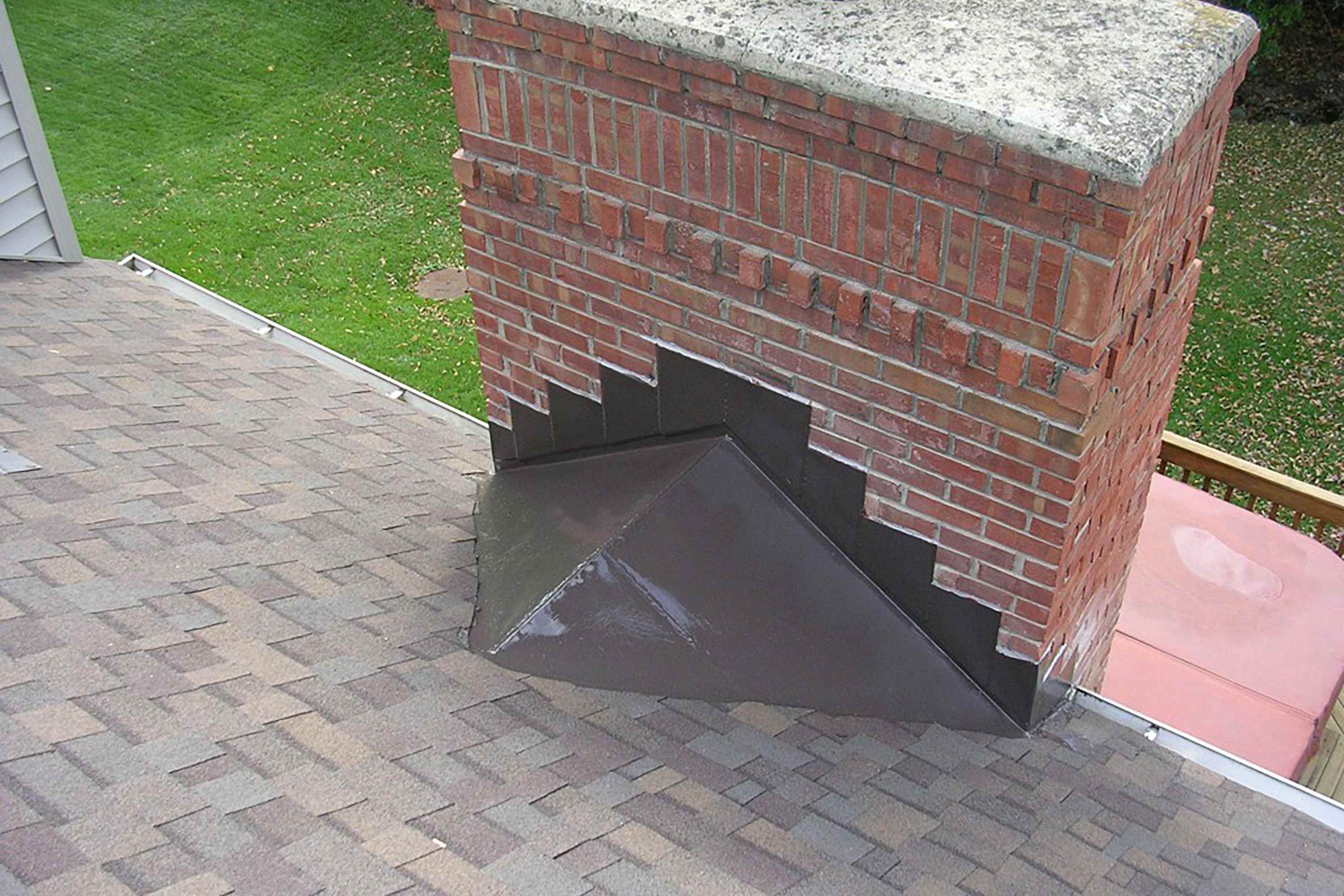About The Pros and Cons of Using Liquid Rubber for Flat Roof Repairs

When it comes to restoring a level roofing system, there are actually a lot of options readily available on the market. One of the very most popular selections is liquid rubber. Liquefied rubber is a artificial rubber compound that can easily be effortlessly applied to a flat roofing system to make a waterproof membrane layer. However, like any roof replacement material, there are actually pros and disadvantages affiliated with using fluid rubber for level rooftop repairs.
Pros of Making use of Liquid Rubber for Flat Roof Repairs:
1. Easy Application
One of the biggest advantages of making use of liquefied rubber for flat roofing repairs is its ease of function. Unlike other roof covering materials, fluid rubber can easily be easily applied making use of a comb or curler. This helps make it an excellent option for DIY enthusiasts or little roofing system tasks.
2. Waterproofing Properties
Liquid rubber has great waterproofing properties which make it an excellent option for standard roof coverings that are susceptible to leakages and water harm. Once applied, it produces a smooth and water tight membrane layer that avoids water coming from permeating right into the underlying structure.
3. Durability
One more advantage of making use of liquid rubber for flat roofing system repair services is its durability. It can easily stand up to harsh temperatures, UV radiation, and severe weather condition conditions without breaking down or deteriorating over opportunity.
4. Cost-Effective
Contrasted to various other roof replacement materials like asphalt or metallic, liquefied rubber is fairly low-cost and cost-effective in the long run as it needs low upkeep over its life time.
Cons of Utilizing Liquid Rubber for Flat Roof Repairs:

1. Limited Shades
One downside of making use of fluid rubber for flat rooftop fixings is that it comes in minimal colors which may not match the existing different colors plan of your home.
2. Short Lifespan
Although liquid rubber has exceptional longevity residential properties, its lifespan might be briefer reviewed to various other roof replacement materials like metallic or cement floor tiles.
3. Sturdy Odor In the course of Setup
In the course of installation, liquid rubber discharges strong fumes which might be unpleasant and even damaging if breathed in in large amounts.
4. Not Appropriate For All Flat Roofs
Fluid rubber might not be suited for all types of level roofings. For instance, if your standard rooftop has actually a gravel surface area, it might call for extra preparation just before using liquefied rubber.
Verdict:
In verdict, fluid rubber is a well-known selection for flat roof covering repair work due to its simplicity of function, waterproofing residential properties, sturdiness, and cost-effectiveness. However, https://squareblogs.net/garagegeorge7/not-known-incorrect-statements-about-maintenance-tips-for-extending-the-life has actually its downsides like limited colour options, short lifespan compared to various other roof components, tough scent during installment and not being suitable for all styles of level roofings. Just before deciding on using liquid rubber for your level rooftop fixing project, it's essential to consider the pros and disadvantages very carefully and seek advice from along with an experienced roof covering professional to make certain that it's the best selection for your specific requirements.
